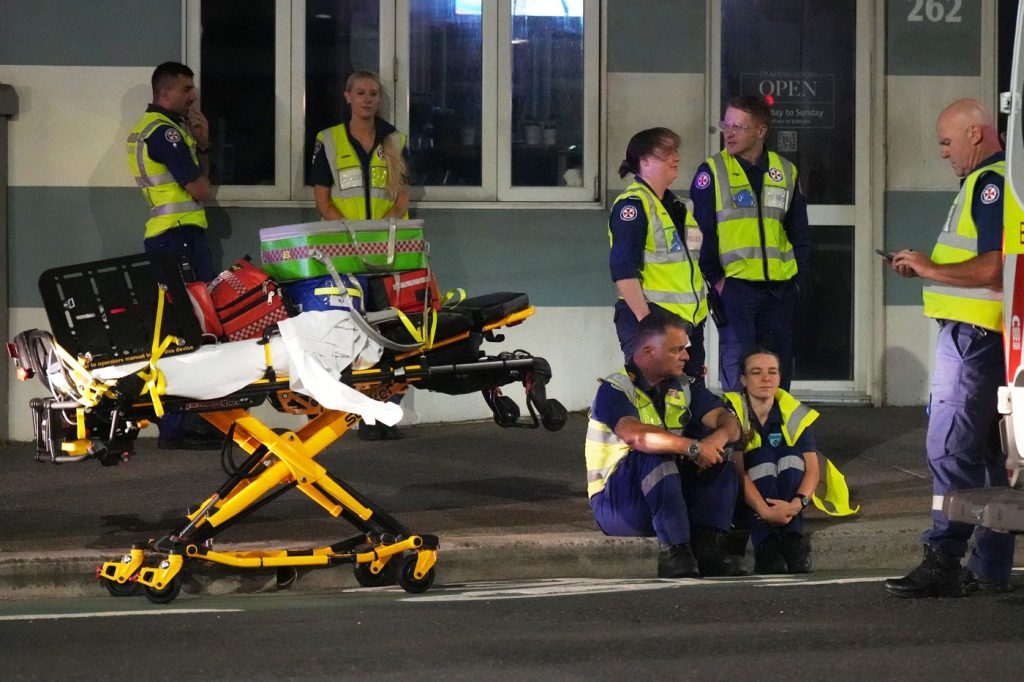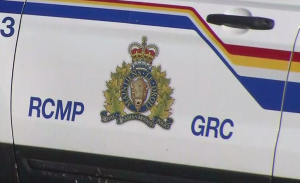Province readies for fall surge of COVID-19 and flu cases

Posted September 28, 2022 1:03 pm.
Last Updated September 28, 2022 6:47 pm.
The province is readying its resources for a possible surge in COVID-19 and flu cases as the temperature drops come fall.
As part of its preparation for what it’s calling “respiratory illness season”, the province says while illness-related surges are “anticipated,” the volumes are difficult to predict.
COVID projections suggest up to 700 additional patients might require hospitalization in the coming months, according to the government. This comes as hospitalizations in the province sit at around 350.
Related Articles:
-
Canada dropping all remaining COVID border, travel measures as of Oct. 1
-
Social media slams feds for scrapping mask mandate on planes, trains
-
HIV spike among B.C. drug users associated with COVID-19 lockdown, research says
However, the biggest surge will be seen due to influenza infections — the province’s projections suggest a peak of 1,200 additional patients requiring hospitalization for “a few weeks” over the coming months.
Therefore, the province is planning to activate 1,500 more hospital beds in the province if needed from fall through spring.
To manage these projected bed needs, the province is working to shift currently hospitalized patients to home and community care. It says patients are being identified for the transfer, which could reduce hospitalization by 40 to 60 per cent, in case up to 800 beds are needed.
According to the BC CDC, for the week to Sept. 17, 22 people died from the disease, for a total of 4,253 deaths from the disease.
The province is also activating a bed management task group which will focus on improving emergency department efficiency, hospital access and flow.
“Worst case scenario planning is underway where as a last resort and where needed, service reductions including postponing surgeries could be required,” the province said in a release.
To mitigate the upcoming respiratory illness season, the province is reminding people that flu shots and COVID boosters are available to the public.
It is also reminding people of the “personal toolkit” to be used to keep community members safe, including masking, cleaning hands, using at-home tests, and gather in places where there is good airflow and open spaces.
More to come








